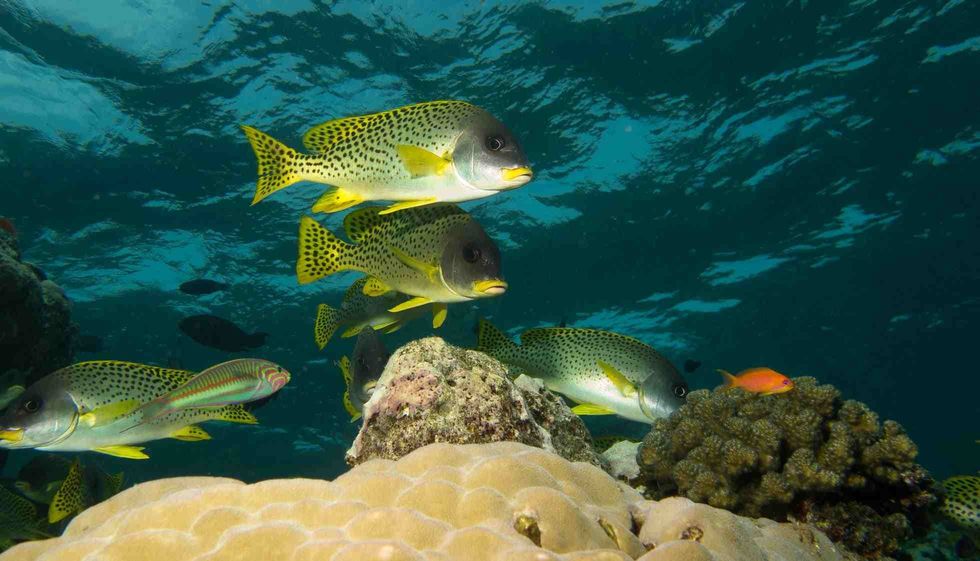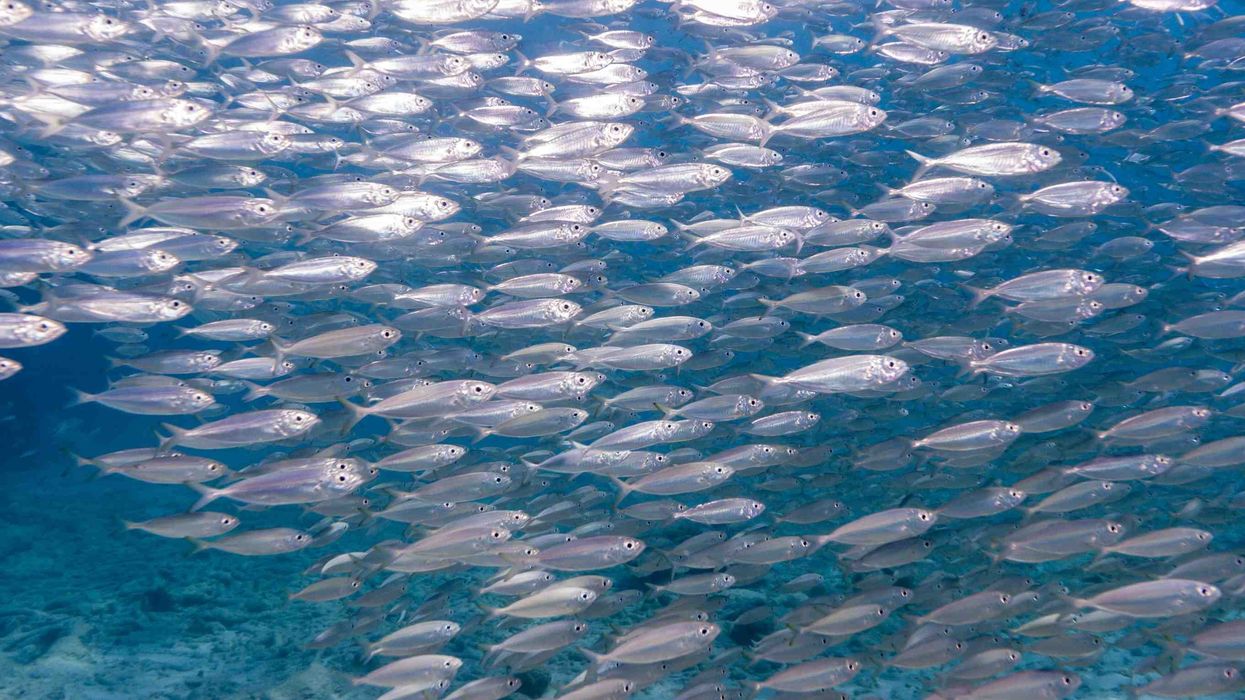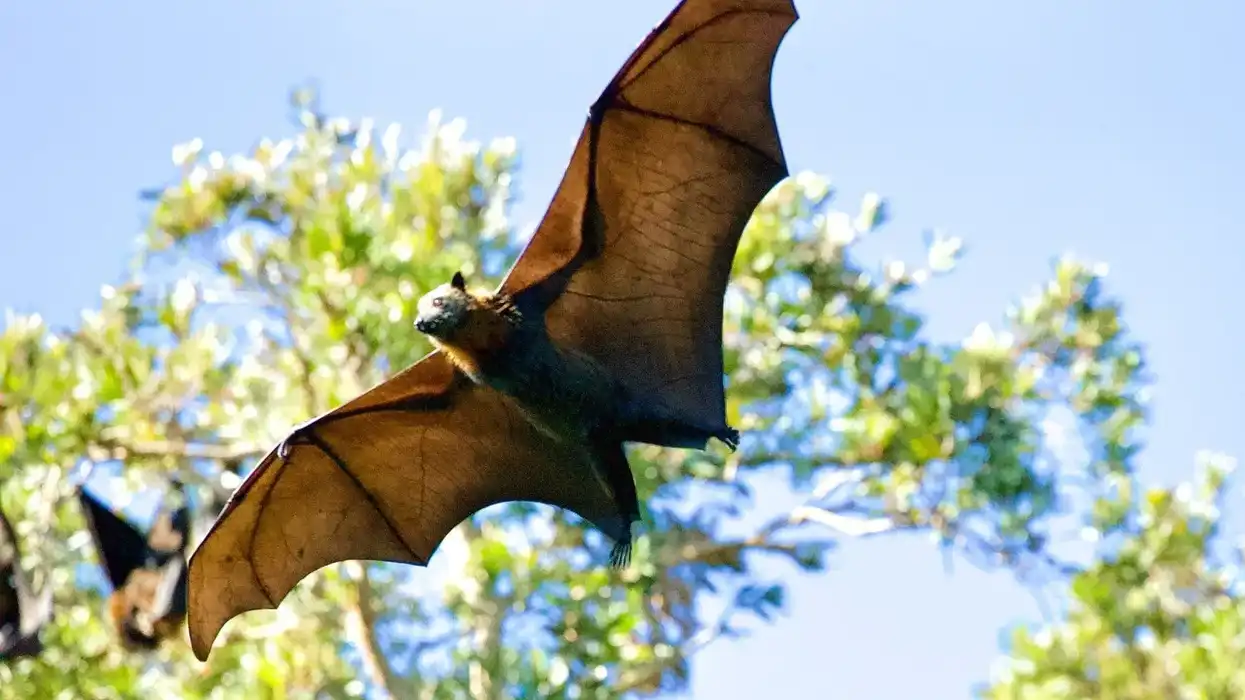Recognized as an extremely popular breed of gamefish, are the marine water residents of the Sciaenidae family, that is, the northern kingfish (Menticirrhus saxatilis).
These feisty fishes are widely acknowledged in the recreational fishing industries for the challenge game they pose, whereas, in the case of the culinary industry, the Menticirrhus saxatilis are prized for their tasty meat. Though the northern kingfish (Menticirrhus saxatilis) are primarily marine fish, king whiting is also known to survive in habitats with low levels of saline water.
Besides its scientific nomenclature, there are nicknames such as northern kingfish or northern kingcroaker for these slender fish of the drum or croaker family.
Keep reading and discovering to find out more about this species of sea fish. Here are some of the most important facts about the northern kingfish species. Afterward, do check our other articles on the Nassau grouper and the fangtooth as well.
Northern Kingfish Interesting Facts
What type of animal is a northern kingfish?
The northern kingfish (Menticirrhus saxatilis) is a classified saltwater fish. The scientific name of these members of the Sciaenidae family is Menticirrhus saxatilis. These Gulf kingfish are widely found in the Gulf of Mexico and the western Atlantic Ocean.
What class of animal does a northern kingfish belong to?
The northern kingfish (Menticirrhus saxatilis) belongs to the class of fish and is classified as part of Actinopterygii owing to the fact that king whiting has ray fins and bony structures.
How many northern kingfish are there in the world?
There are no exact details about the total population of northern kingfish (Menticirrhus saxatilis). However, since these Gulf kingfish species are categorized as Least Concern on the conservation scale along with the southern kingfish, their population can be predicted to be quite stable.
Where does a northern kingfish live?
The northern kingfish, like the southern kingfish, is predominantly a marine water fish. The Gulf kingfish habitat is located in the Atlantic Ocean and the Gulf of Mexico. Northern kingfish are found living in shallow coastal waters.
What is a northern kingfish's habitat?
Northern kingfish are primarily marine fish, however, king whiting is also known to survive in habitats with low salinity. Generally, these fish can be located near sandy or muddy seabeds. Menticirrhus saxatilis are inhabitants of shallow water bodies.
Who do northern kingfish live with?
Menticirrhus saxatilis is a group of schooling fishes like the southern kingfish (also known as southern kingcroaker or king whiting). However, solitary existence can also be observed. During the migratory seasons, the members of northern kingfish are known to locomote in groups. This species of kingfish is found living in schools along shallow coastal waters.
How long does a northern kingfish live?
The average lifespan of the members of the northern kingfish species is about two to three years, just like the southern kingfish.
How do they reproduce?
The northern kingfish are known to prefer bottom-of-water bodies for reproduction purposes. The breeding season of these fish generally spans from April to August. Following fertilization, the eggs of Menticirrhus saxatilis float in the water and hatch within two to three days at 68-70 °F (20-21 °C). The eggs of these king croakers are known to possess oil globules.
What is their conservation status?
According to the IUCN (International Union for Conservation of Nature) Red List, the northern kingfish have been categorized under the conservation status of Least Concern species along with the southern kingfish.
Northern Kingfish Fun Facts
What do northern kingfish look like?
Menticirrhus saxatilis are small to medium-sized fish with a deep pectoral body and an overall slender appearance. These fishes of the Sciaenidae family are typically shaded in hues of dark gray or greenish bronze combined with a metallic sheen.
However, the central part of their anatomy fades into lighter shades of gray, which allocates them a silvery semblance. Diagonal bars of darker shades running along the body of northern kingfish can also be observed.
These fish possess dorsal fins divided into binary parts; amongst which the triangular dorsal fin aligned parallel to pectoral fins forms the identifying feature Menticirrhus saxatilis. The tail is shaped by a combination of a vaguely concave upper lobe and a rounded lower lobe.
Between 24-27 soft rays in unison with one spine mark the long and tapered dorsal fin of Menticirrhus saxatilis.
Pectoral fins are pointed while the anal fins exhibit one spine with eight soft rows. The mouth of northern kingfish, adapting to its benthic zone feeding habits is morphologically designed with projecting upper jaws (in comparison to lower).
The snout of these fish juts out its mouths. Barbels can be located along the lower jaw of the northern kingcroaker.

*Please note that the main image and this image are not of Northern Kingfish as we've been unable to source any image of a Northern Kingfish. If you are able to provide us with a royalty-free image of a Northern Kingfish, we would be happy to credit you. Please contact us at hello@kidadl.com.
How cute are they?
With their dark shading, distinct V shapes, and metallic sheen, the northern kingfish can easily score a three to four for its elegant looks, on a scale of five.
How do they communicate?
Though there are no exact and clear details about the perception techniques of the members of the northern kingfish species, these fish are assumed to communicate through vibrations, whereas when hunting king whiting relies on their tactile as well as olfactory senses.
Like the southern kingfish, they perceive the frequency and vibrations in their surroundings and alert their groups in case of emergency.
How big is a northern kingfish?
The average length of the members belonging to the Menticirrhus saxatilis species ranges between 10-14 in (25.4-35.5 cm). However, the maximum recorded length stands at about 18 in (46 cm).
How fast can a northern kingfish swim?
There are no exact details about the swimming speed of northern and southern kingfish. However, since these organisms belong to the biological genera Menticirrhus, which is a clan of kingfish, their swimming speed can be estimated to fall somewhere about 40 mph (64 kph) which is the average speed of kingfish. Northern kingfish are particularly fleet-footed when threatened.
How much does a northern kingfish weigh?
The average weight of northern kingfish lies somewhere between 1-3 lb (0.45-1.36 kg). The maximum weight of Menticirrhus saxatilis was reported to be about 3.3 lb (1.5 kg).
What are the male and female names of the species?
There is no specific designation allotted to the members of the species Menticirrhus saxatilis based on their sex. The males are referred to as male northern kingfish while the females are referred to as female northern kingfish.
What would you call a baby northern kingfish?
The baby northern kingfish is known as a northern kingfish juvenile.
What do they eat?
Northern kingfish are carnivorous organisms that are categorized as bottom-feeders. The diet of Menticirrhus saxatilis includes a variety of invertebrates, inhabiting the benthic zones of their main habitats such as small mollusks, small crustaceans (like shrimps and crabs), small fish, amphipods, mysids, and polychaete worms.
These members of the drum or croaker family also act as scavengers as they also feed on the carrion.
Are they dangerous?
No, the northern kingfish is not particularly dangerous unless you happen to be its meal! Though they are a school of feisty fish, challenging to catch, the northern kingfish has not been reported to harm human beings directly as sharks.
Would they make a good pet?
The northern kingfish is essentially a bottom-dwelling, marine fish that requires an optimal temperature to survive. Because its conditions can best be met in its natural habitat and restricting it to an aquarium can be potentially harmful to them, these fish would not make for good pets.
In fact, mostly these fish are used by humankind for culinary and recreational purposes.
Did you know...
Though biologically categorized under the family of drum or croaker fish, the members of Menticirrhus saxatilis lack air bladder so these marine fish emit no croaking sound, distinctive to the Sciaenidae family.
Northern kingfish also have a dark bar below their lateral line that runs from the front of their anal fin to the base of their caudal fin. The dorsal fin is divided into two parts.
Catching and eating northern kingfish
As these fish don't take manmade baits such as spoons, plugs, and spinners well, small hooks with bits of squid, bloodworms, or clams are used to lure them. The northern kingfish is a popular culinary delicacy that is enjoyed by people all over the world.
The northern kingfish is harvested or sold as fresh fish which is then cooked by frying, grilling, baking or even smoking on fire, with some amount of marinating. However, these fish are primarily infamous for the game they provide.
What are the northern kingfish's predators?
Enthusiastic saltwater anglers are the primary predators of northern kingfish. Besides humans, whales, sea lions, dolphins, or sharks may also prey on these fish.
Here at Kidadl, we have carefully created lots of interesting family-friendly animal facts for everyone to discover! Learn more about some other fish from our giant frogfish facts and pigfish facts pages.
You can even occupy yourself at home by coloring in one of our northern kingfish coloring pages.










